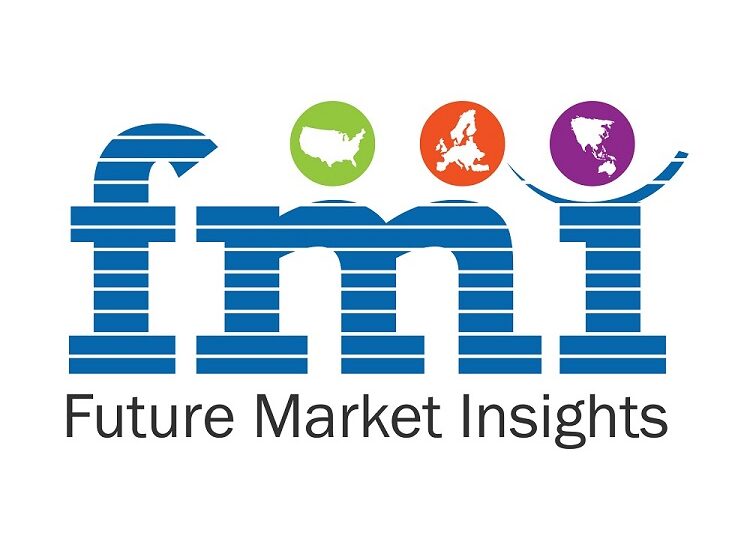The chemistry 4.0 market is anticipated to grow from 70.82 billion USD in 2023 to 178.73 billion USD in 2033, with a projected CAGR of 9.7% over the forecast period.
The primary drivers of chemistry 4.0 market growths are the manufacturing sector’s rapid adoption of artificial intelligence (AI) and the Internet of Things (IoT), as well as rising consumer demand for industrial robots used in the production of pharmaceuticals and medical devices, increasing government investments in additive manufacturing and 3D printing, and expanding use of blockchain technology.
The need for robots has increased. Additionally, robots, which were formerly more expensive and had fewer possibilities, are now accessible tools that can do a range of tasks. Industrial robots, in particular, are commonly used by people all around the world.
According to a report on the most recent trends in the robotics industry, industrial robots are being used more frequently in production hubs, which has sped up their development, evolution, and improvement. This will probably encourage the growth of the chemistry 4.0 market.
Request a Sample @ https://www.futuremarketinsights.com/reports/sample/rep-gb-15879
Corporations in North America are adopting the idea of smart manufacturing more and more, and the area is predicted to rule the chemistry 4.0 markets. Europe had the second-largest market share for industry 4.0. To maintain its position in the international market, the European chemistry 4.0 markets have made enormous investments in technologies and expertise.
Japan, China, and South Korea are navigating the Asia Pacific chemistry 4.0 market expansions thanks to their thorough approaches to adopting industrial automation and implementing new technologies in their production system value chain.
Key Takeaways
- An estimated USD 3,571 billion was spent on sales of chemistry 4.0.
- From USD 3,826 billion in 2021, sales decreased by 4.5% in 2021.
- Sales of chemistry 4.0 were accounted for by the BRICS (Brazil, Russia, India, China, and South Africa) countries at 50.5%.
- Rising Asian economies, particularly those in the Middle East, produced the majority of the sales of chemistry 4.0 in the fourth quarter.
- With USD 1,731 billion in sales of chemistry 4.0, China is the largest chemical manufacturer in the world.
- From 16.5% in 2010 to 12.3% in 2020, the United States’ share of global sales decreased.
- Over the same period, Japan’s chemistry 4.0 market share dropped from 6.8% to 4.1%.
- China now accounts for 44.7% of chemistry 4.0 market sales, up from 25.9% in 2010.
Competitive Landscape
The key companies of the chemistry 4.0 market are constantly on the lookout for effective ways to market their goods and consolidate their positions. One such tactic is to partner with other businesses to introduce new products in order to reach more end users.
Recent Development
Merger –
- After merging with DuPont in 2017, Dow Chemical became the largest chemical company in the world in 2018, dethroning BASF’s 12-year reign. But in April 2019, DowDuPont split into three separate businesses: Dow, DuPont, and Corteva Agriscience. In 2018, 18 different countries were represented, with more than half of the companies on the list having their headquarters in the United States, Japan, or Germany.
- ABB, Inc. and Nestle, Inc. joined forces in March 2021 to put monitoring software in candy factories. By working with leaders in the sector, the company is concentrating on growing its product offering.
Agreement
- Ansys, Inc. announced a technology agreement with LG Electronics, Inc. in November 2020 to develop a virtual learning portal that Ansys, Inc. has developed.
Purchase
- HMS Networks AB announced the purchase of WEBFactory GmbH in October 2020 to offer web-based software solutions for the Industrial Internet of Things.
Acquisition:
- The acquisition of BabbleLabs Technology, Inc. by Cisco Systems, Inc. was announced for October 2020 with the goal of enhancing video meetings through the use of noise-reduction and speech-enhancement technology.
Ask an Analyst @ https://www.futuremarketinsights.com/ask-question/rep-gb-15879
Key Segments
By Technology:
- IOT
- AI
- Automation
By Application:
- Consumer
- Enterprise
- Industry
- Construction
- Manufacturing
By Geography:
- North America
- Europe
- Asia-Pacific
- Latin America
- Middle East & Africa (MEA)
About Future Market Insights (FMI)
Future Market Insights (ESOMAR certified market research organization and a member of Greater New York Chamber of Commerce) provides in-depth insights into governing factors elevating the demand in the market. It discloses opportunities that will favor the market growth in various segments on the basis of Source, Application, Sales Channel and End Use over the next 10-years.
Contact:
Unit No: 1602-006
Jumeirah Bay 2
Plot No: JLT-PH2-X2A
Jumeirah Lakes Towers
Dubai
United Arab Emirates
LinkedIn| Twitter| Blogs
For Sales Enquiries: sales@futuremarketinsights.com


